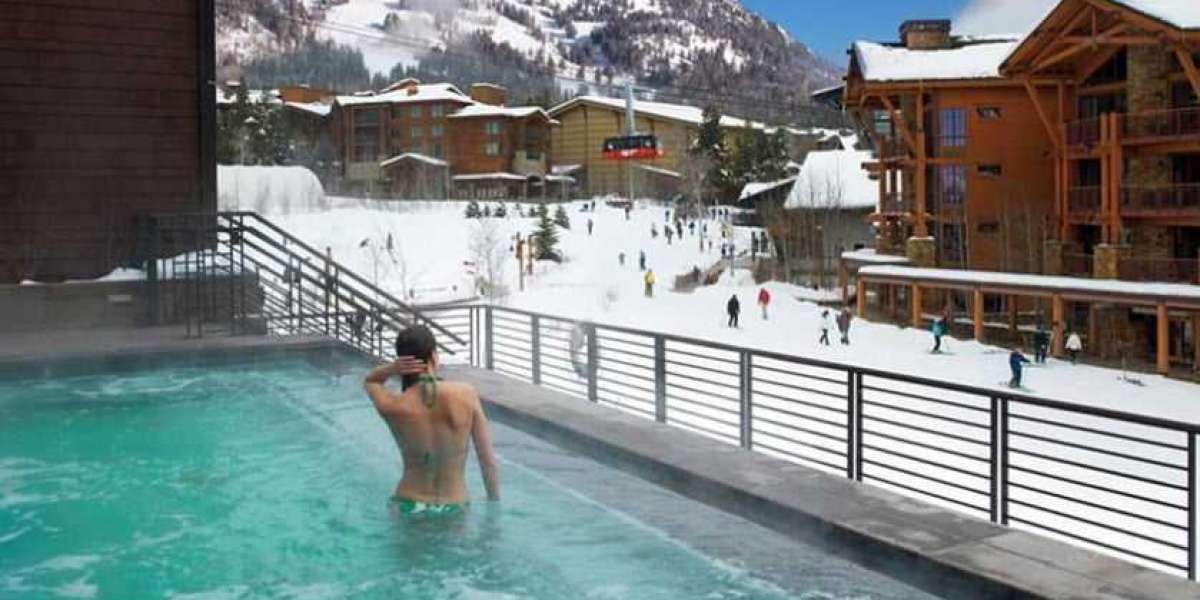- When holding snow poles, you should first put your hand through its strap, and then hold the strap in your hand, so that even if you fall, the poles will not be subconsciously thrown out.
- There are two snowboard shapes when skiing, and beginners use the figure-eight shape, also known as the wedge shape. The point of exertion of the feet when decelerating is at the inner heel of both feet, and holding the chest up is to ensure that the center of gravity leans forward.
- When standing in the snow, never wiggle your feet in boots, because it is very easy to sprain your feet. And wear snow boots in the snow field when walking, heel first, and the step should be moderate.
- skiing before doing good warm-up exercises, such as stepping legs, chest expansion and other exercises can be, as long as the body is fully active on the line. Of course, you can also do some step exercise and walk, which can help promote the stretching of the calf muscles, to facilitate skiing.
- Beginners want to rest on the way to ski, remember to stop at the edge of the piste, and always pay attention to other people skiing down to avoid being knocked down, and remember to avoid others when re-entering the piste, to be careful of being hurt.
- skiing even if you fall, do not collide, because collision is too dangerous, serious may be life-threatening.
- beginners in skiing when they lose focus, it is best to let fall, because it is less likely to be injured. And it's best to take off your snowboard when you climb up, stand up and then put it on again to avoid a second fall.
- The right snow boots should be able to make your shins, heels, and tops of your feet be held tightly without feeling pressure, your ankles be able to bend, and your toes be able to move and grip the ground, so if they don't feel right, they should be replaced in advance.
- When skiing, the center of gravity forward not backward, calves should press forward hard on the boots, hands hold the snowball forward and lift, both elbows slightly bent, both knees slightly bent.
- When you are ready to go skiing, the most important thing is to wear the right ski equipment. You need to wear a windproof, waterproof ski suit to stay warm and dry. These ski suits are usually made of a special material that can withstand rain, snow and wind. In addition to protecting you from the weather, they also provide extra protection from injury. Therefore, it is important to choose a high-quality ski jacket. In addition to a windproof, waterproof jacket, you will also need some matching waterproof pants and gloves to ensure that you stay dry and warm while skiing.
- Beginners should remember to adjust their skis to be perpendicular to the piste before taking them off or loading them on the slope, otherwise they may appear to be going straight down the slope by themselves. Skiing is a competitive sport in which athletes put skis on the soles of their boots to perform speed, jumps and slides on the snow. Skis are made of a mixture of wood, metal materials and plastic.
- Alpine skiing consists of slalom, slalom and giant slalom (obstacle skiing). Alpine skiing mixed event, consisting of the above three events. People into a standing position, holding ski poles, feet on skis on the snow surface gliding sports." Stand", "board", "snow" and "ski" are the key elements of skiing. Skiing is a sport that develops endurance. In competitive competitions, because the distance of the sport is relatively long (1-10 km in the junior group, 10-50 km in the adult group), in the snow and ice, continuous exercise for several minutes to several hours, which is extremely beneficial to the human body's endurance training.
- At the same time, the body is exercising under aerobic metabolic conditions when skiing, which promotes the growth and development of adolescents, and is also very beneficial to the physical fitness of adults. Aerobic metabolic process, in simple terms, means that the oxygen required by the body's metabolic process during exercise is inhaled from the atmosphere.
- The benefits of skiing are very many. Skiing is also conducive to the formation of a good psychological quality. When a skier stands at the top of the piste, there is often a sense of fear, and once he finds himself able to slide down the steep slope in a balanced manner, and no sense of embarrassment can make the body and mind adapt to this speed, and balance in movement, is a kind of training for people's psychological quality, this psychological barrier also disappears.








